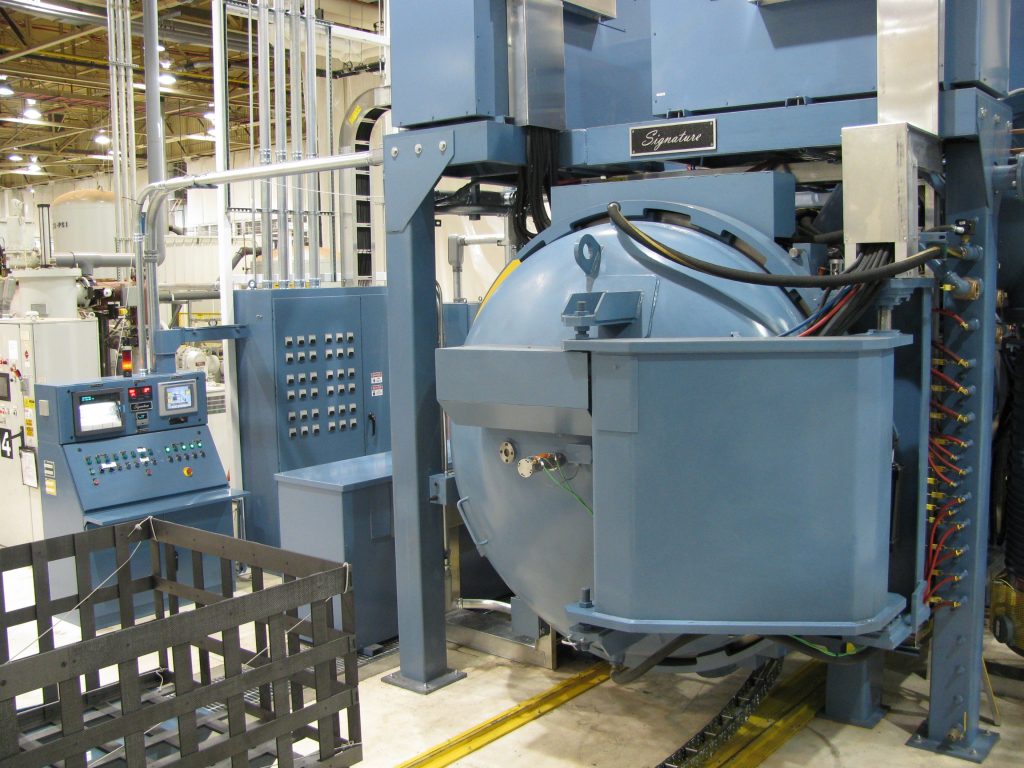Small or complex parts are difficult to produce by casting or machining. Components that require sintering are often delicate, intricate, and easy to botch. Vacuum sintering is an efficient way to join parts with minimal waste.Vacuum sintering produces consistent, bright parts with no seams, joints, or fillers. Powdered metal, metal injection molding, 3D printing, and other similar technologies can benefit greatly from the superior quality and flexibility of vacuum sintering.
Benefits of a Vacuum Sintering Furnace
- Clean, bright parts
- Incredible design flexibility
- Quick turnaround
- Superior quality
- Fewer defects
- Easy maintenance
- Maximum productivity
How Vacuum Sintering Works
Sintering starts with debinding.
The debinding process removes binder materials that can contaminate the furnace and the final product. Binding materials are originally necessary for each separate part compaction, but become unnecessary and undesirable during the sintering process.
Vacuum sintering requires a high vacuum for clean, quality parts. The temperature must be high enough for the metals to combine smoothly, but not so high that they liquefy. Cooling speed will depend on the material.
Temperature and pressure limits can be chosen during the engineering phase, and controlled manually or automatically during processing.
Vacuum furnaces can be built to perform both debinding and sintering. Combining these processes in one furnace saves time and money. No part transfer, secondary machinery, or resources wasted on a repetitive process.
Vacuum furnaces are perfect for higher temperature sintering applications. Highly customizable controls allow for manual or automatic temperature changes depending on the needs of your specific project. The temperature is uniform, ensuring consistent part quality across the board.


